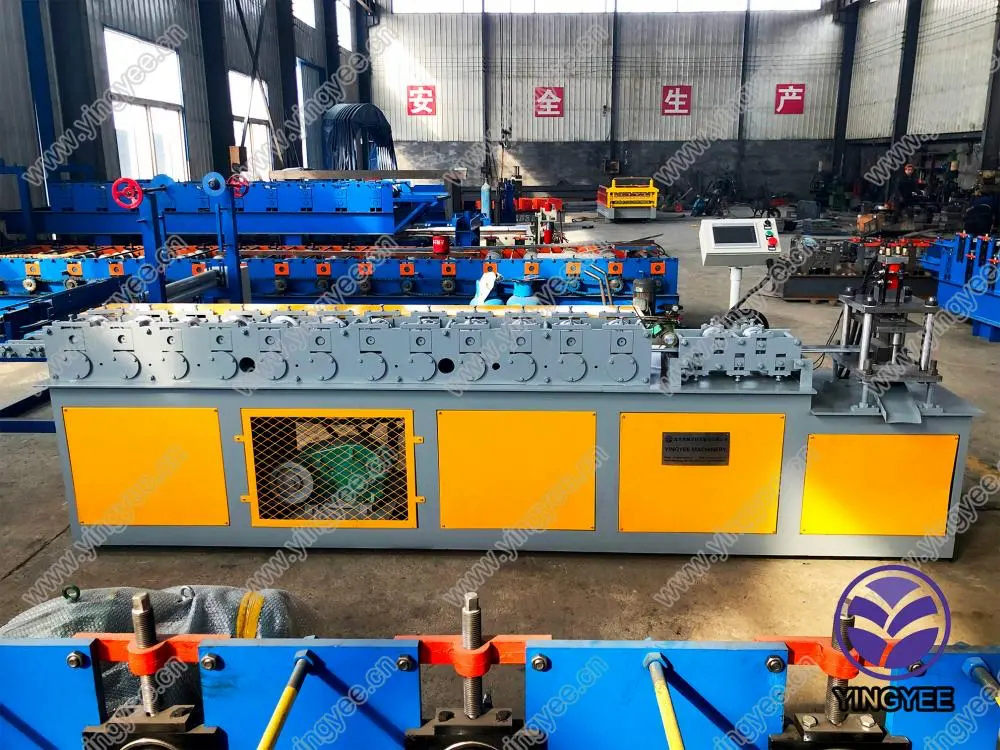
The Importance of Straightening Machines in Modern Manufacturing
In the fast-paced world of modern manufacturing, maintaining precision and quality in every aspect of production is crucial. One essential piece of equipment that plays a significant role in ensuring the integrity of materials is the straightening machine. This specialized machine is designed to correct the shape of materials that have been distorted during the manufacturing process, thereby enhancing their usability in various applications.
Straightening machines are used across multiple industries, including metalworking, automotive, aerospace, and construction, among others. They are particularly vital in metalworking, where raw materials like steel and aluminum often undergo processes that can lead to warping or bending. Straightening is essential not only to prepare materials for further processing but also to ensure that the final products meet stringent quality standards.
The operational mechanism of a straightening machine involves applying controlled forces to the material to reshape it accurately. This is typically achieved through a series of rollers or hydraulic systems that apply pressure at specific angles. The process ensures that any imperfections, such as bends or twists, are corrected without compromising the integrity of the material itself. Modern straightening machines are equipped with advanced sensors and digital controls, allowing for precise adjustments and monitoring throughout the straightening process.

One of the significant advantages of using straightening machines is the enhancement of material properties. Straightened materials exhibit improved mechanical characteristics, including increased tensile strength and better fatigue resistance. This is particularly important in industries such as aerospace and automotive, where component reliability is paramount. Using properly straightened materials helps manufacturers meet safety standards and extend the lifecycle of their products.
Moreover, the automation of straightening machines has led to increased efficiency in production lines. Automated systems reduce the need for manual labor, minimize human error, and speed up the straightening process significantly. This not only lowers operational costs but also enables manufacturers to achieve higher output rates, leading to improved profit margins. In an era where time is money, the ability to produce high-quality, straightened materials quickly can give businesses a competitive edge.
Environmental sustainability is another consideration for manufacturers today. Straightening machines can contribute to greener manufacturing practices by reducing the amount of waste generated during production. By ensuring that materials are adequately straightened and ready for use, manufacturers can minimize the need for expensive reprocessing or scrapping of defective materials. Furthermore, the efficient use of energy in modern straightening machines helps reduce the overall carbon footprint of the manufacturing process.
In conclusion, straightening machines are indispensable tools in the modern manufacturing landscape. Their ability to correct material imperfections enhances product quality, improves mechanical properties, and contributes to greater efficiency and sustainability. As industries continue to evolve and face new challenges, the role of straightening machines will remain critical in ensuring that manufacturers can produce high-quality materials that meet the demands of an increasingly competitive market. Investing in advanced straightening technology is not just a matter of operational efficiency; it is a commitment to quality and innovation that will drive future success in manufacturing.